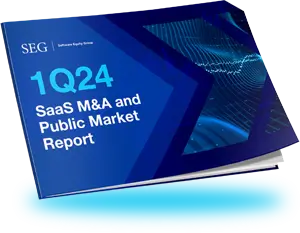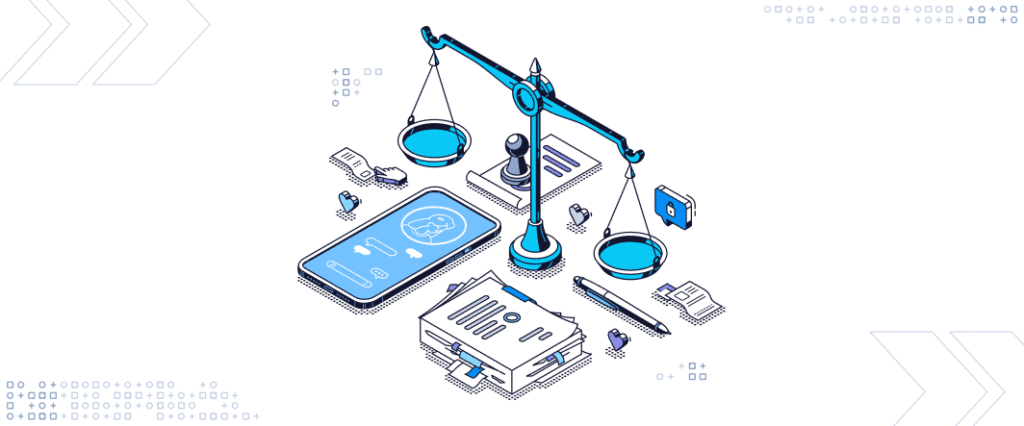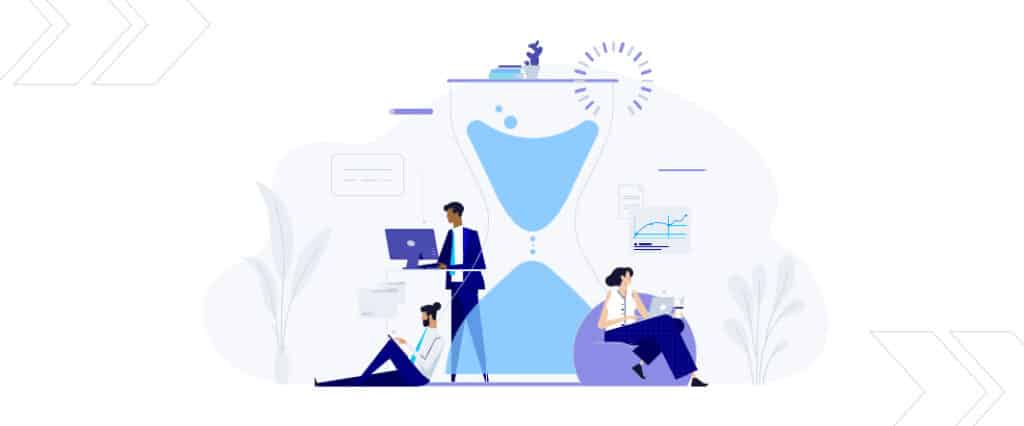The Silver Lining: An Opportunity for Cloud Migration

Across the globe, companies must adjust to COVID-19. Executives face challenges: maintaining workforce productivity, assessing financial repercussions, and coming out of the pandemic in one piece. Software as a Service (SaaS) executives are no exception. While SaaS companies are in a more favorable position than other industry sectors to weather the downturn (See SEG’s SaaS Pressure Cooker Blog), operators still face challenges.
Only 30 out of the 100+ public SaaS companies have seen their stock price rise in the current market environment, a result of insatiable end market demand for SaaS communications and collaboration platforms. In the COVID-19 world, companies like Zoom are the exception, not the rule. Most public and private SaaS companies are reconfiguring their go to market strategies for the short term, needing alternative ways to sustain and grow revenue.
What is a SaaS CEO to Do?
Where should a SaaS CEO focus sales resources? To begin with, it depends on product category and industry. However, for most SaaS CEOs, a focus on retaining and keeping existing customers happy should be goals one and two.
Even pre COVID-19, SEG spent considerable time educating the market on the importance of net retention. When asked: Would you prefer 115% net retention and 25% new customer ARR growth, or 100% net retention and 40% new customer ARR growth, we most often chose the former.
As defined in a prior blog post (see SEG’s Retention Blog), net retention is a function of lost, contraction, and expansion ARR. A SaaS company prioritizing net retention needs to think in terms of all three variables. It makes little sense to focus on lost ARR while ignoring contraction and expansion ARR. There are best practices for each.
Cloud Software is Critical to Modern Businesses.
We mentioned Zoom and other SaaS communication and collaboration platforms are experiencing a material uptick in demand. It should be obvious the workforce has structurally changed due to the sheer number of the Americans working from home. Software applications like Zoom are fundamentally enabling continuity of productivity.
But it’s not just Zoom. Far more important are the thousands of SaaS companies that run our businesses. Imagine this pandemic twenty years ago. How would millions of workers access any number of today’s ubiquitous SaaS applications (e.g., ERP, CRM, SCM, HCM, etc.)?
The Migration Opportunity.
For all too long, a massive number of businesses have continually kicked-the-can on upgrading from on-premise to cloud software. Today, these businesses find their employees locked out of mission critical applications and productivity plummeting, if occurring at all.
No surprise, the team at SEG often works with SaaS companies that evolved from an on-premise heritage. In such cases, it’s not uncommon to see 20% of the company’s ARR comprised of annual maintenance and support (M&S) fees. Fearful forced migration to the cloud would result in attrition, these SaaS operators chose to leave on-premise customers alone in an effort not to upset the apple cart. For SaaS companies with such a solid customer base, there is likely no better time to help legacy customers migrate to the cloud. It’s a clear win/win.
The benefit may be significant, as the annual subscription fee is typically significantly greater than the annual M&S fee for the legacy on-premise offering. The revenue gain between M&S and subscription ARR is defined as the ARR lift.
We often find, when advising companies with a legacy M&S base, there to be a cohort of customers that migrated to the cloud. Study this cohort. Determine the average or median ARR lift to prior migration.
Example Analysis:
Consider a $15 million ARR SaaS company with $4 million of ARR from on-premise M&S fees. Assume analysis of migrated customers yields a 3.0x M&S to subscription ARR lift. To really see it, use this data and build a sensitivity chart to illustrate the possible dollar value of ARR lift as a function of migration percentage and lift multiple. This hypothetical SaaS company might look like this:
| 2.0x | 3.0x | 4.0x | |
| Migration % | Potential Cloud ARR | Potential Cloud ARR | Potential Cloud ARR |
| 10% | $800K | $1.2M | $1.6M |
| 20% | $1.6M | $2.4M | $3.2M |
| 30% | $2.4M | $2.6M | $4.8M |
| 40% | $3.2M | $4.8M | $6.4M |
| 50% | $4.0M | $6.0M | $8.0M |
| 60% | $4.8M | $7.2M | $9.6M |
| 70% | $5.6M | $8.4M | $11.2M |
| 80% | $6.4M | $9.6M | $12.8M |
| 90% | $7.2M | $10.8M | $12.4M |
| 100% | $8.0M | $12.0M | $16.0M |
Were this company to convert 20% ($800K) of on-premise M&S fees, it would equate to $2.4 million of ARR at 3.0x. Given the increased demand potential for SaaS, perhaps the company should target 40% migration percentage in the near term? This would increase ARR to $4.8 million. 40% ($1.6 million) of the $4 million in M&S ARR has now grown to $4.8 million of ARR, representing $3.2 million of immediate and ‘low hanging fruit’ expansion ARR.
Companies looking to continue growth in a downturn might just find the Silver Lining in their customer base. With savvy decision making, a company can offset a slowdown in net new ARR, or even accelerate growth, via cloud migrations. Winston Churchill once opined: “Never waste a good crisis.” For SaaS executives in the position to migrate on-premise customers to the cloud, this is a prime opportunity generate significant long-term value during a challenging environment.
If you’d like to discuss the impact of migration to cloud for your company, don’t hesitate to reach out.











